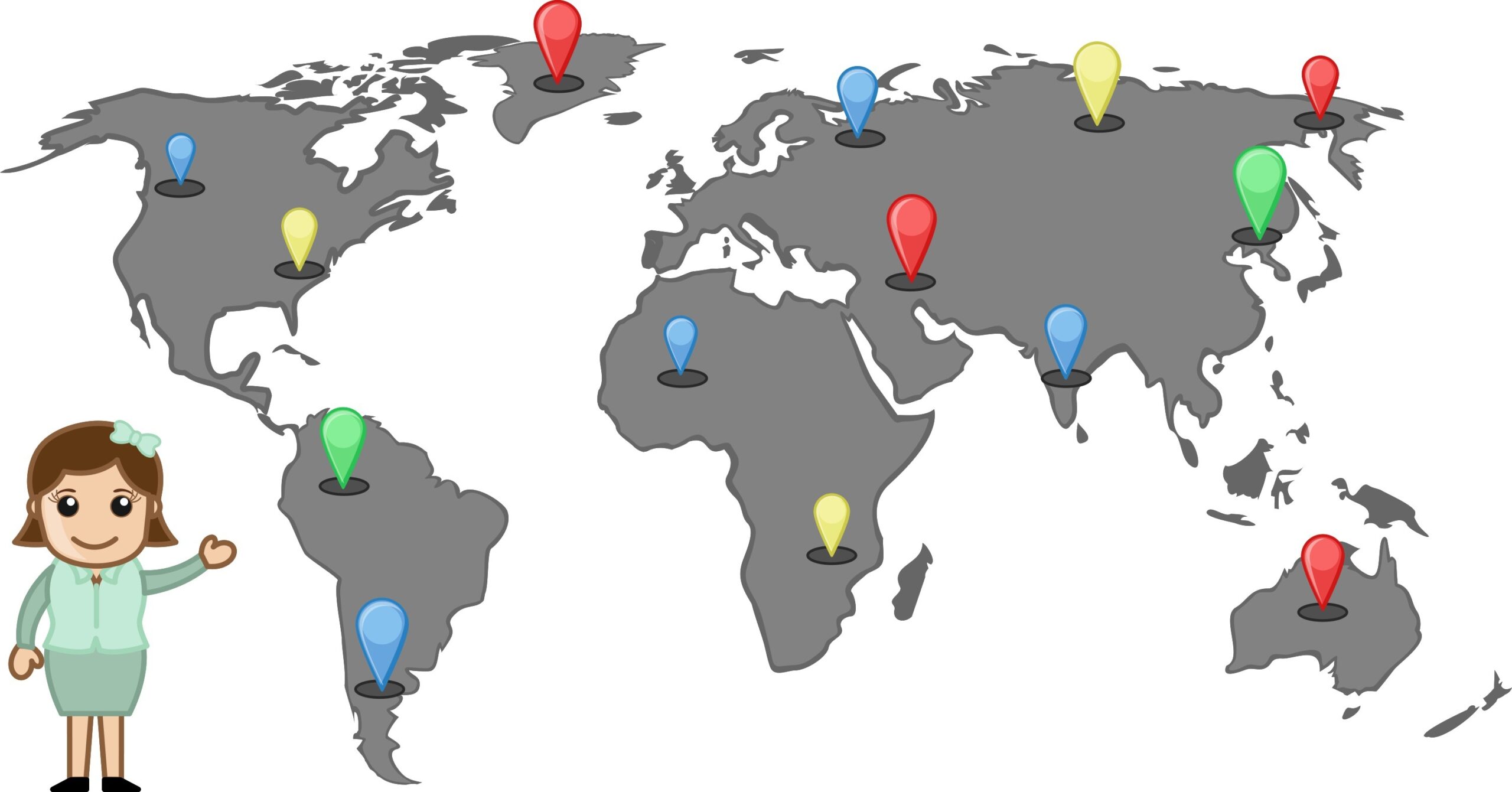The U.S. Coast Guard manages its major shipbuilding programs—generally those with cost estimates of $1 billion or greater—using the Department of Homeland Security’s (DHS) acquisition framework. GAO’s prior work found that the Coast Guard continues to face challenges in its highest priority shipbuilding acquisition programs—the Offshore Patrol Cutter and the Polar Security Cutter.
Design instability. The shipbuilders have yet to stabilize their designs, which has contributed to schedule delays and cost growth for both programs. For example, the Offshore Patrol Cutter program began ship construction without a matured critical technology, which led to redesign of portions of the ship and contributed to delays of the lead ship by almost 4 years. GAO recommended in June 2023 that the program mature this same critical technology before moving forward through design on the next set of ships. DHS did not concur. GAO closed this recommendation in April 2024 after the Coast Guard approved a design review without maturing the critical technology. However, GAO stands by the intent of the recommendation to minimize risk to the program.
Program oversight. Both programs lack key milestones in their acquisition program baselines—a document that sets the program’s cost, schedule, and performance goals—to ensure adequate program oversight and accountability. For example, the Coast Guard did not include the delivery date of the last Polar Security Cutter in its acquisition program baseline. If included as a key event, failure to meet this date would trigger a formal assessment by DHS. In July 2023, GAO recommended that DHS and the Coast Guard include this delivery date in the acquisition program baseline, and the department concurred. Coast Guard officials told GAO they plan to include ship delivery dates in its revised baseline.
The Coast Guard’s Offshore Patrol Cutter and Polar Security Cutter
In May 2024, GAO identified leading practices in ship design, such as using iterative design to accelerate design maturity and employing robust in-house ship design capabilities and tools. These practices build on previous leading practices that GAO identified in product development and shipbuilding. Over the past decade, GAO has recommended numerous actions to the Coast Guard and DHS reflecting those practices—such as attaining design stability and developing solid business cases—to achieve successful shipbuilding outcomes.
Why GAO Did This Study
The Coast Guard, a component of DHS, employs a variety of ships that conduct many missions, including drug interdiction, migrant interdiction, search and rescue, and ice operations. The Coast Guard plans to invest billions of dollars in two of its highest priority programs—acquiring three heavy icebreakers, known as Polar Security Cutters, and a fleet of 25 Offshore Patrol Cutters, to replace its older ships.
This statement addresses (1) how the Coast Guard acquires and oversees its shipbuilding programs, including its highest priority ones, (2) the primary challenges the Coast Guard has faced in acquiring and overseeing its highest priority shipbuilding programs and the resulting outcomes, and (3) recent GAO work on leading practices for acquiring new ships. This statement is based on information from GAO-24-106573, GAO-23-105805, GAO-23-105949, and GAO-24-105503 , among other work. Information about the scope and methodology of prior work on which this statement is based can be found in those products.




